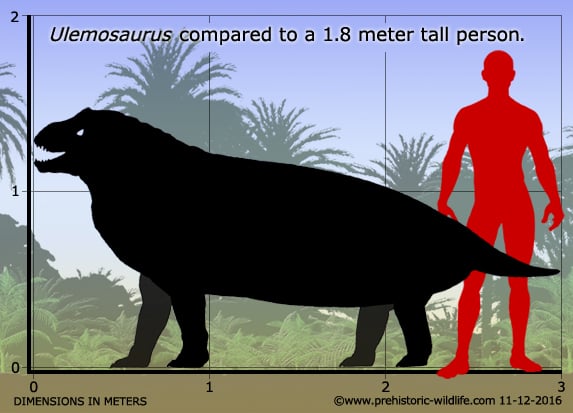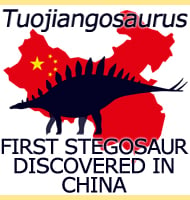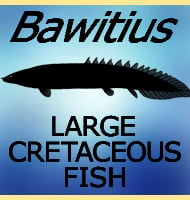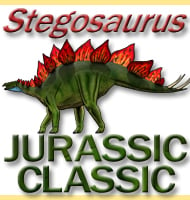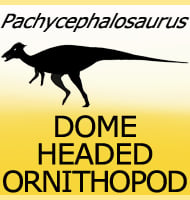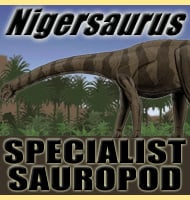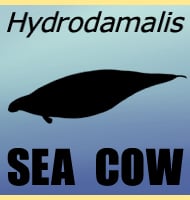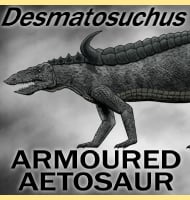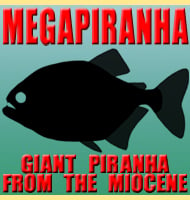In Depth
Ulemosaurus is very much like the therapsid Moschops, not only in the type of creature that it was, but also in the fact that its skull was also up to ten centimetres thick. Its possible that like in the related Moschops, this bone thickness allowed for head butting or head pushing contests.
Although usually depicted as a herbivore, Ulemosaurus is considered by some to be a potential carnivore. This new interpretation has also been applied to other therapsids that were traditionally considered herbivorous such as Estemmenosuchus and Jonkeria, as is based upon the principal that the teeth are more like those you would find in a carnivorous animal. Counter to this argument however is the overall body shape which is large and bulky, more suited to housing a large digestive system that would be required to process harder to digest plant matter. The front legs also sprawl out to the sides, and while this is often interpreted as allowing for easier turning, it would also allow Ulemosaurus to lower its head closer to the ground for feeding on low level plants.
It is not completely out of the question however that Ulemosaurus supplemented its diet by either catching small animals as it browsed to scavenging the leftover kills of predators. If correct then this would make Ulemosaurus, and possibly other theraspids, opportunistic omnivores rather than specialists.
Further Reading
– Vertebrate fauna from the Upper Permian deposits of the Sviaga basin: 1. A new – Dinocephalian, Ulemosaurus sviagensi n. gen. n. sp. – A. N. Riabinin – 1938.
